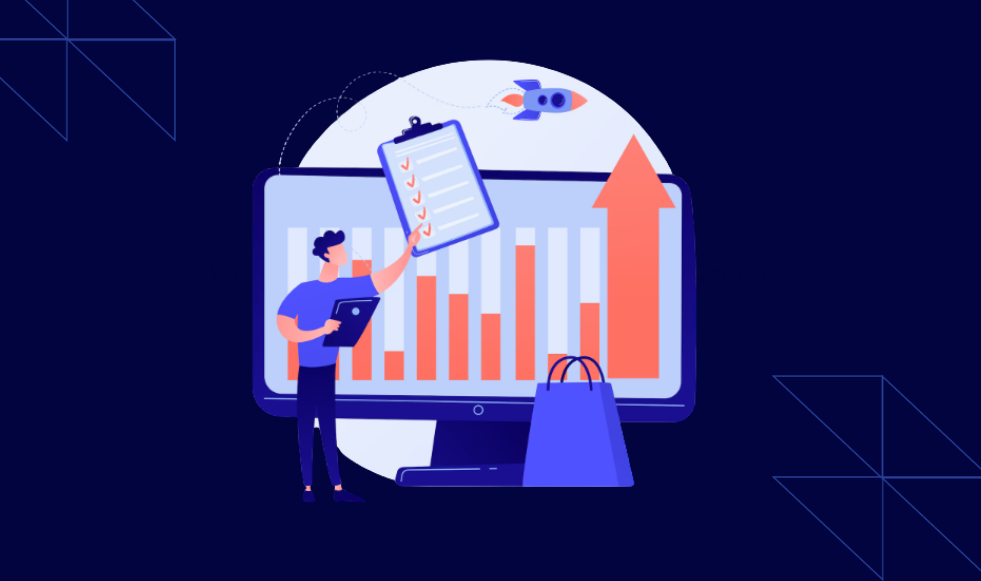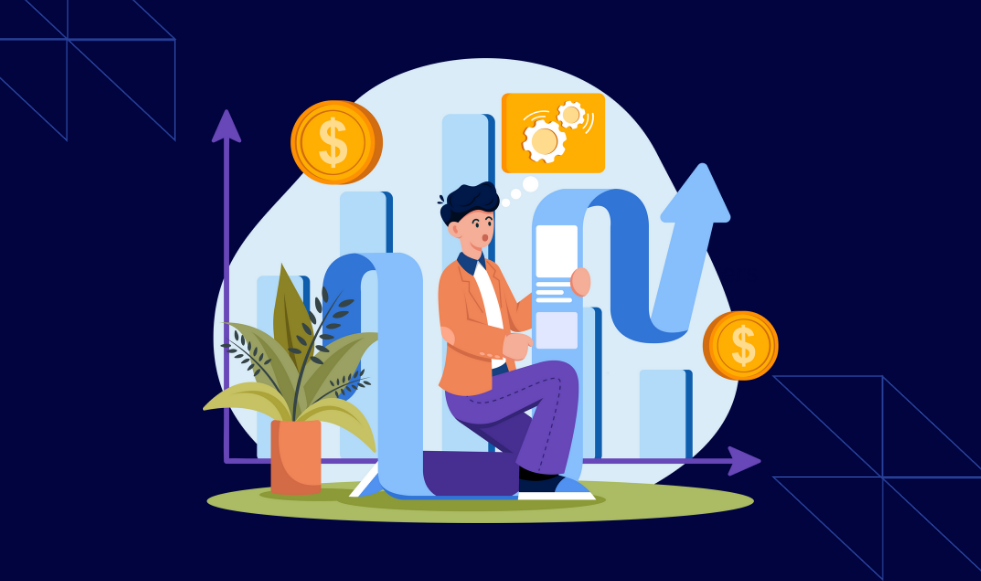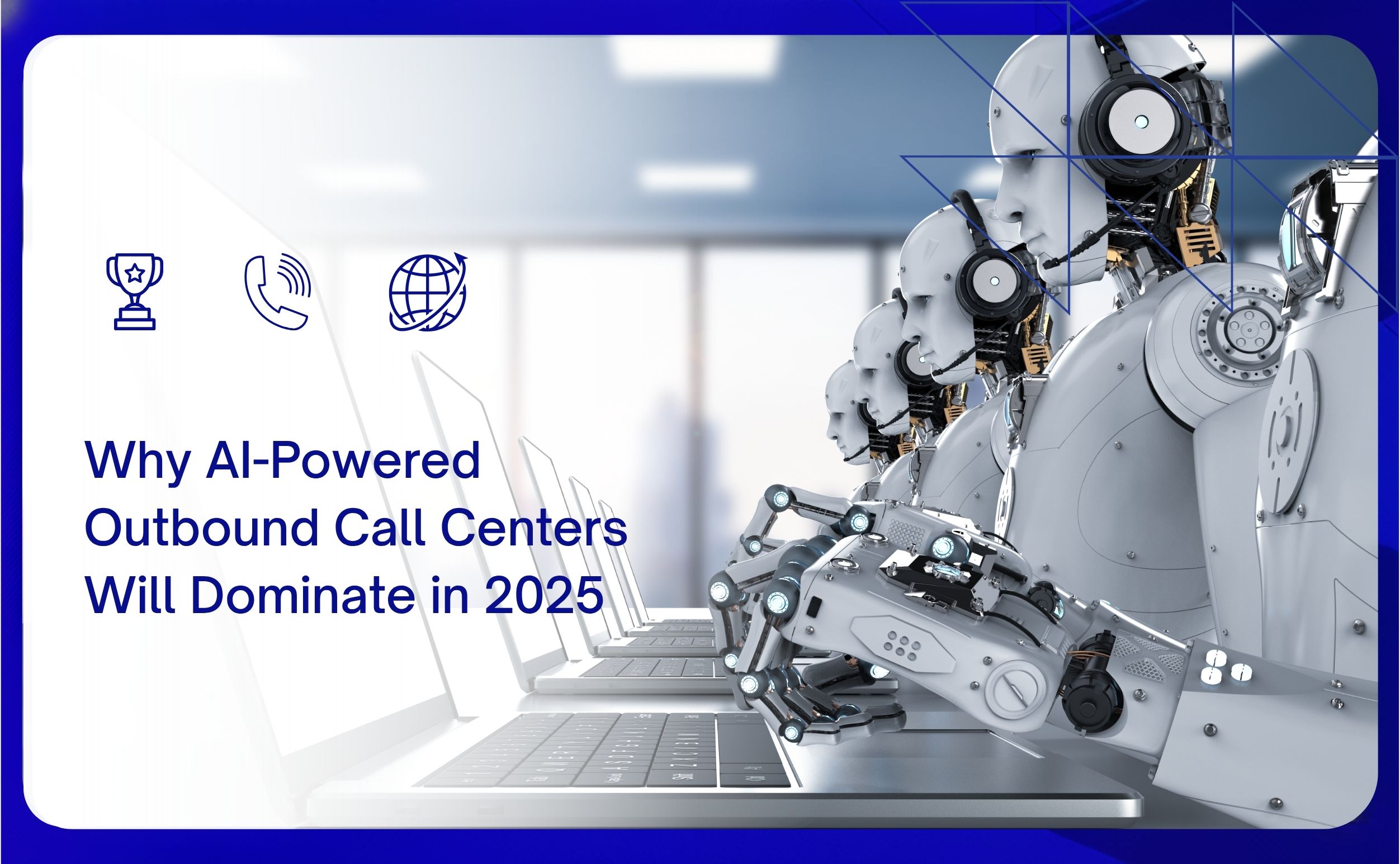The ability of call centers to consistently drive high-quality CX has been augmented by AI. Outbound call centers, in particular, make use of AI resources to sort data so that actionable insights can be derived from it. These insights are then implemented through real market strategies that take a business on the path of sustainable growth. With that, companies find the sweet spot between running a profitable enterprise and achieving customer satisfaction to build brand image. These are not difficult feats to achieve with a solid plan in mind,
It is true that integrating AI with your customer service mechanism is a big decision. It requires a fair bit of deliberation to understand the changes that it could bring. However, you must not take a step back from implementing AI, and some research data will help you understand why.
- With an AI-led smart database, your outbound call center could increase its conversion rates by 25% in 2025
- 72% of customers show more affinity to businesses that respond fast; 69% Cx professionals, however, believe that quality declines with increased speed
- Businesses can achieve a 50% reduction in cost per call with AI integration in their CX
Therefore, it is safe to say that your business must outsource outbound call centers to AI-powered CX service providers. Only then can you hope to bring the potent mix of quality and quantity that the market demands.
In this article, let us understand how AI-powered call centers trump traditional call centers, and thereafter delve into why the former is set to dominate the market in 2025.
What Differentiates an AI-Powered Call Center From a Traditional One?

An AI-driven CX enjoys several advantages over traditional outbound call centers, as is evident from the following table. Thanks to AI, enterprises are in more control than ever on business outcomes, and can devise their CX strategies aimed at racing ahead of the competition.
| Aspect | Traditional Outbound Call Center | AI-Powered Outbound Call Center |
| Scalability | Limited by the number of available agents, putting businesses in a stuff situation when they want to upscale | These call centers are highly scalable and can make thousands of calls simultaneously |
| Consistency | Varies according to the skill of the agents and the quantity of ticket volume | Uniform tone, messaging, and error-free delivery, so that the brand image remains consistent |
| Personalization | Script-driven and generic approach, and personalization to any extent depends on the agent’s effort and skill | AI leverages CRM data, customer history, and predictive analytics to tailor conversations and customize sales pitches |
| Cost Structure | High operational costs (recruitment, salaries, infrastructure) and a considerable investment are needed for upscaling | Lower costs due to automation, but higher upfront investment in AI tech |
| Customer Experience | Risk of inconsistent quality of experience, depending on the agent, as smart delegation is not possible | Fast, consistent, and data-driven conversations; can escalate matters to upper tiers when required |
Therefore, the superiority of an AI-driven CX service centers around the supremacy of data, and your business must realize this in 2025.
Why Will AI-Powered Outbound Call Centers Dominate the Market in 2025?

AI has already established its supremacy by its ability to categorize customers into groups that can be leveraged by businesses with tailored ad campaigns. Furthermore, with features like smart call routing and predictive analytics, it helps CX experts stay one step ahead of their tasks and deliver their absolute best when it matters. Several advantages come with call centers deploying AI: outbound calling with low First Response Rates (FRR) and Customer Effort Score (CES), and high First Call Rates (FCR), to mention a few. Let us look into the reasons why AI-powered call centers are such a big deal in 2025.
High Connection and Conversion Rates
Connection rate refers to the percentage of successful calls the call center connects with a customer. The numbers, of course, have to be adjusted for the quality of the calls. Data reveals that AI-optimization of CX processes has ensured that connection rates jump to 20-25%, instead of the 8-15% of traditional call centers.
Conversion rates are defined by the percentage of calls that have a favorable business outcome. AI-powered call centers make use of targeted campaigns that are tailored for various demographics to ensure high rates of conversion.
Intent Recognition
Intent recognition is a big achievement for AI outbound calling because voice assistants can now tip off CX agents in case a customer is frustrated or livid. Being prepared in such a situation helps a competent agent to
- Immediately speak in an empathetic tone and accommodate the harsh words that they might have to hear
- Keep calm, identify the pain point, and offer a resolution within a realistic time frame
When you outsource to a third-party agency, you must ensure that they follow these best practices to keep their intent recognition mechanism updated and upgraded:
- Regular audits to find out the cases in which the AI technology faltered in figuring out customer intent
- Categorize intent and customer behavior as a subset of the already segmented customer types
- Keep track of AI progress as the system learns to factor in call complexity, and thus identify intent with more perspective
In 2025, you must proactively monitor call center performance on live dashboards and decide if it is AI-optimized according to your business standards. Thus, you will be making sure that AI-tech works out the best for your CX, and its domination in the market is also asynchronous with the customer satisfaction you achieve with its support.
FCR, CES, and FRR
These three comprise a very important, but not exhaustive, list of metrics that AI technology in CX effectively takes care of. Let us now decode what the values against these terms signify:
- A high FCR is desirable for businesses because it would mean that their CX agents are efficient enough to close deals or solve queries within the course of one call
- Businesses appreciate a low CES rate because it means that the customer found that their issue was resolved without their having to put too much effort into the process
- A low FRR indicates a highly efficient CX system that lowers the call waiting time for customers, preferably within 20 seconds for 80% of calls
Legal Compliance and Security Benchmarks
Much like the market rules, the legal framework, too, is not set in stone and is constantly evolving. To stay abreast of all significant tidings, it is necessary that a business only pair up with those third-party outsourcing agencies that adhere to legal bindings. AI is a powerful tool that can be trained into compliance with updated norms so that your business does not run into trouble during its dealings.
These are the reasons why AI could be a futuristic tool that is already set to dominate the market in 2025:
- AI secures customer data and confidential information, in alignment with PCI compliance
- It also helps internal audit processes understand the extent to which consent management has been carried out in accordance with ethical and legal standards
- It aids in sophisticated encryption of data and ensures no data loss during synchronized sessions
AI domination of the CX market is not by accident; rather, it is by design, a forerunner of a sophisticated market culture of the future. Thus, your business should have the current AI infrastructure in place so that customers feel safe transacting with you in 2025.
Tired of Evaluating the Performance of Your Outbound Call Centers? Talk to Atidiv Today!
FAQs
-
Is AI necessary to achieve high connection rates for my CX in 2025?
-
What does a high CES mean for my customer service team?
-
How can AI aid in the process of CX audit?
